| Your browser is not supported. | ||
|
Please browse our site using any of the following options:
| ||
Snapper On The Drift
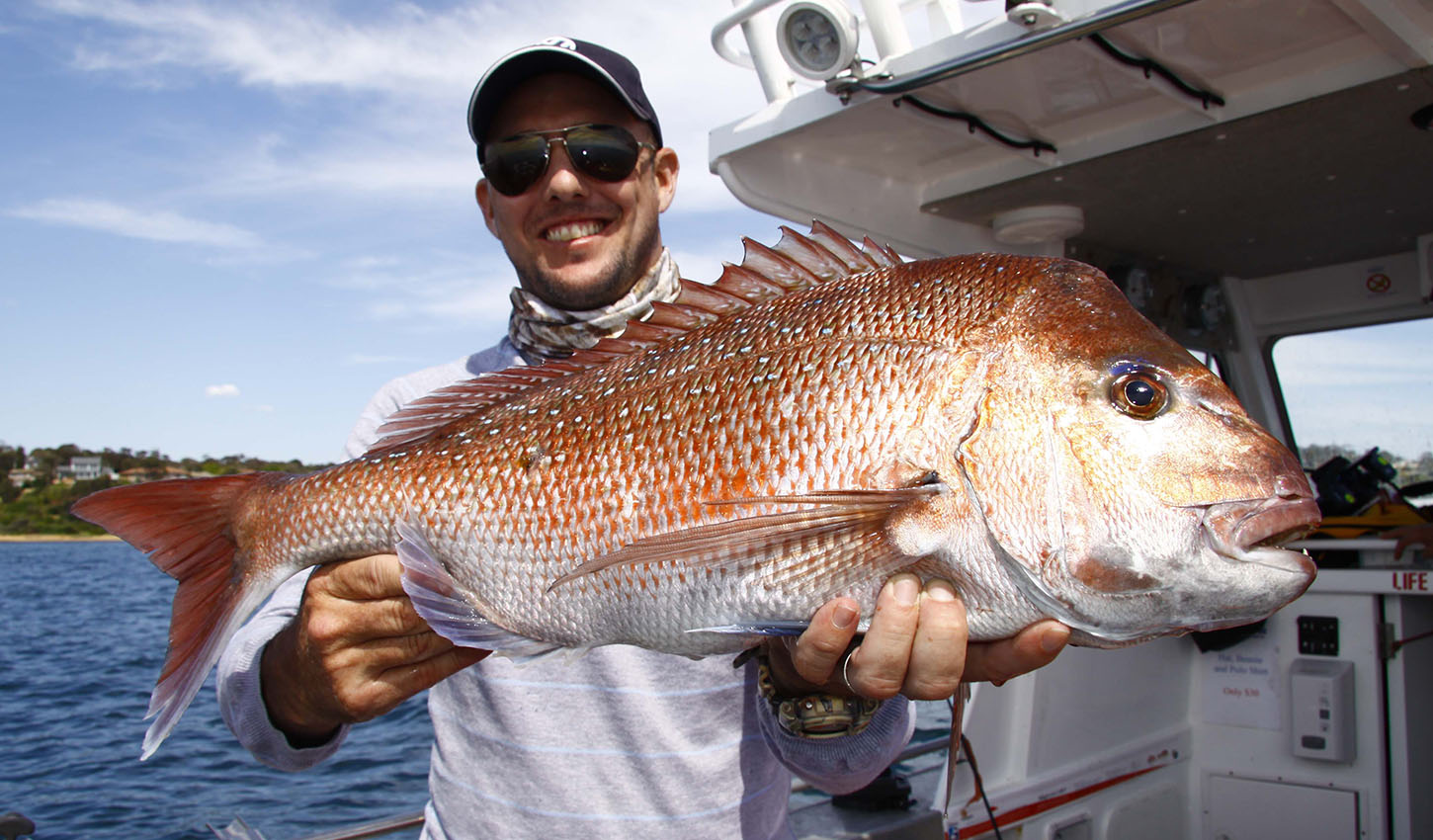
Traditionally anglers bait fish for snapper from an anchored boat, using berley as an attractant, but smart anglers are now using a drift approach to deadly effect.
Australia is renowned for its ability to turn on some great snapper fishing action. The migration of snapper into big bays like Port Phillip Bay, Spencer Gulf and Moreton Bay starts as the waters warm towards the 18-20 degree mark. Most anglers bait fish for snapper in the bay from an anchored boat while using berley to attract fish to their lines.
Outside of the annual migration of larger fish, the bay holds handy populations of pinkies and the odd large resident snapper. A typical approach involves drifting a variety of baits or soft plastics to mid-water or bottom feeding snapper. The roaming nature of snapper over the season has prompted a good number of anglers to target them from a drifting boat. Anglers targeting the squire populations in the bay outside of the spring madness have traditionally used drifting techniques. However, there are growing numbers of anglers using drifting approaches and various bait and lure fishing techniques to target spring time fish.
Why Drift
The results that drifting anglers are recording are impressive and make a lot of sense when you consider the strategy. Snapper are a fish that often move around a lot while feeding, regardless of what time of year you target them. Spring will often produce roving snapper schools that are being pressured by many boats that are often congregated in concentrated areas. Fish in these areas have a habit of becoming subdued where angling pressure increases. Schooling snapper are initially attracted to a type of structure. In the event that they are pressured by anglers and boats in one location, they will quite often move to surrounding areas of similar structure to escape the noise of anchors, anglers and fish being caught or hooked and lost. In some of these situations it is common to watch anglers drifting around anchored boats, catching some good fish. These anglers are quietly offering different presentations that the fish will often respond to favourably. The mobile approach means these anglers are also covering a greater amount of water and often encountering groups of fish that are moving around in an effort to avoid pressure from a group of boats. Drift fishing for snapper is an easy and effective technique and, where weather patterns enable the approach, is one that catches some anglers a lot of fish!
Drifting Strategies
Drifting effectively means you have the potential to catch more fish. However, some anglers struggle to adopt sound drifting strategies when they first try the approach. To grasp the concepts behind drifting more effectively, it pays anglers to ask themselves the question: "What do I have to do to show as many fish as possible a well presented lure or bait?"
This question raises three big factors. The first two involve how an angler must drift to encounter as many fish as possible, and how the angler must position the boat so the fish aren't spooked when fishing different depths of water. The third consideration includes how to best present a bait or lure while drifting so that fish are fooled by it. We will cover the last factor in the techniques section below, but right now, let us look at the initial two factors and clear up any confusion about how to get the best out of your drifting pursuits.
Drift fishing has to take into consideration the act of first finding where fish will be holding. Port Phillip Bay fish will hold and feed on a variety of structures in various depths of water. At different stages of the seasons, fish will hold in specific water depths along particular mussel, scallop, reef and mud beds. Find your fish and then we can start thinking about how to best drift fish the area.
The best way to show your offering to as many fish as possible is to drift parallel to the area in which fish are stationed (the strike zone). This makes sense because you spend more active fishing time with a lure or bait in the prime fish holding locations. In water of the depth of Port Phillip Bay we want to reduce the amount of time spent drifting directly over the top of fish. This means we don't want a scenario where fish are directly beneath the boat - particularly where the water is shallower. For example, if you believe fish to be holding along a patch of ground, or situated to the outside of a group of boats, position your boat wider still and cast into and over where fish are likely to be holding. The attractive part of drifting is that in the event you might be wrong about where fish are (heaven forbid!) you are still easily able to move on without being committed to an anchor and a berley trail.
To get your drift line optimal, establish where fish are likely to be and, taking into account wind and current directions, set the boat in a position where it will drift along the side of the fish holding spot. The best line of drift will have the boat moving alongside a likely fish holding position, a cast length away from them. Wherever it is logistically possible to do so, a drifting angler should try to present a lure or bait to fish as far as possible away from the boat.
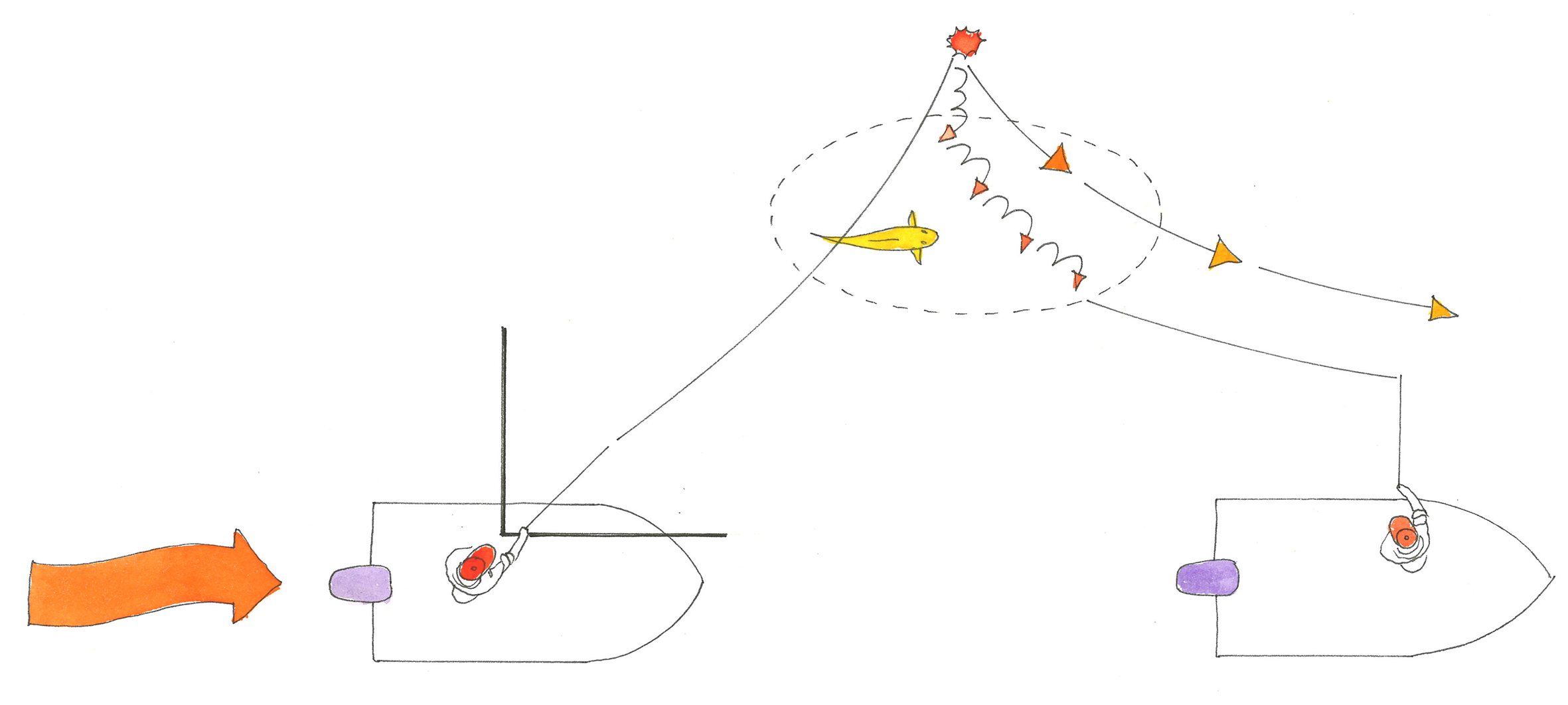
Drifting Techniques - Baits
Anglers have been drifting baits for snapper for a long time. The types of bait, rigs and approach used to catch snapper may vary along our coastline but the use of baits on the drift certainly works. Bays that are large and with a largely muddy or sand substrate are perfect. The predominantly snag-free nature of the bottom means it is an ideal place to drift with baits. Several local anglers are using these snag free qualities to drift baits in an original manner. Spending time with some of these local anglers enabled us to review some of the unique tricks they are using to catch fish.
Although there are many standard baitfishing rigs that can be used to target snapper on the drift, some anglers are now using jig heads to mount and drift baits. Jigheads are designed to be used when fishing with soft plastic lure types. This design however, is also well suited to mounting a bait. For the uninitiated, a jighead is a hook that sports a moulded weight around the eye of the hook. A lead 'keeper' section is also moulded to the upper shank of the hook to enable soft plastic lures to be kept tightly in position. The beauty of the keeper is that they also hold a bait firmly in position! Jig heads can be purchased in a range of weights and hook sizes, which means there is huge versatility to chop and change hooks on any given day to produce the optimal presentation.
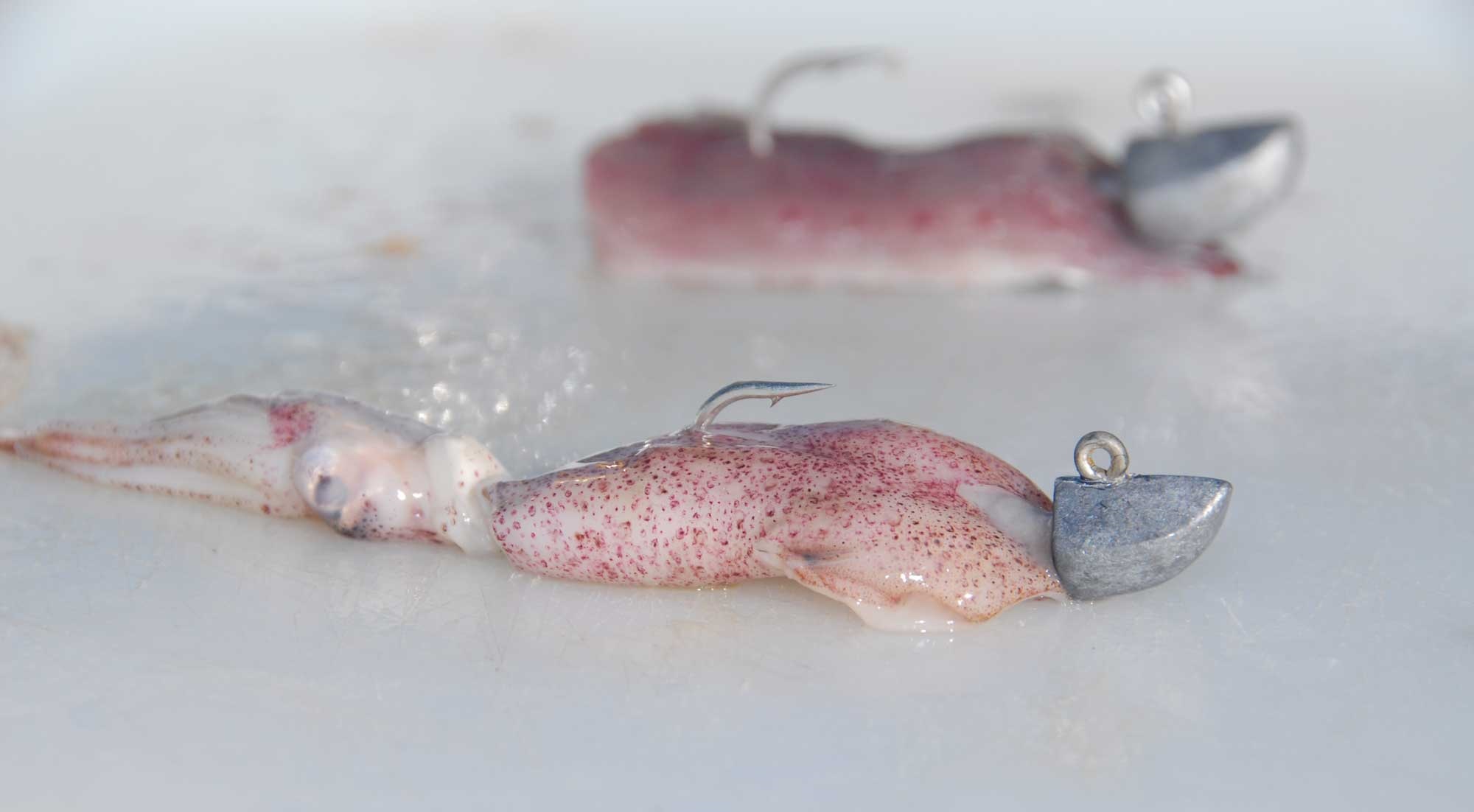
The reason anglers have settled upon drifting with baits on jig heads is that they make it easier to present a seductive looking bait to sometimes angler wary snapper. Jig heads are designed to travel through the water with the hook point directed towards the surface. This makes them very snag resistant. All of the weight of a jighead is positioned at the eye of the rig. This means that when a jighead rigged with a bait or soft plastic lure is dragged along the bottom, physics suggests the jighead will travel head down and bum up so to speak. The lead weight will preferentially sift through the bottom, while the tail of a lure or bait wiggles up and off the bottom throughout much of the drift. This is a very tantalising presentation for fish that are cruising the bottom looking for a likely meal.
Drifting Techniques - Soft Plastics
The most popular lure choice for anglers drifting while targeting snapper is the soft plastic lure. There has been much written about snapper and soft plastics in this country because the technique is proven to be very effective. We now have access to quality soft plastic lures, jigheads, rods, reels and lines that are made for our snapper anglers.
Try to match local bait sizes by choosing a similar sized soft plastic. Local anglers favour 4-6 inch sized soft plastics, however larger 7 inch sized lures have also produced some great local catches. Experiment with bright and dull/natural colours until a specific colour starts to produce bites. Aim to use jighead weights that will get the lure to the bottom in a reasonable time. For example, if it takes so long for a lure to get to the bottom that it ends up being positioned a long way behind a drifting boat by the time it finally reaches the substrate you are fishing too light.
The process of setting up a good drift line when fishing with soft plastics is the same as that described for the bait approach. Once a drift has been initiated, a soft plastic lure can be retrieved through likely fish holding positions. One popular retrieve that is often used when drifting includes:
- In contrast to the drifted bait approach, cast the lure at a 45 degree angle from the side of the boat so that the lure lands ahead of you and the direction of your drift. Ensure the lure is cast across and beyond the surmised position of holding fish.
- Engage the reel and slowly retrieve slack line so that you just stay in contact with the lure (remember that you are drifting towards the lure)
- The line will noticeably slacken as the lure hits bottom and this weight loss is often detected through the rod.
- Once the lure is on bottom, lift the rod tip to slightly above horizontal, retrieve any slack line and give the rod tip a few twitches to bring it up above head height. The lure should be jigged 20-40 cm up off the bottom
- After jigging the lure, drop the rod tip to horizontal again and retrieve any slack line
- Repeat this process while the boat is drifting until the lure is behind the stern of the boat. At this point it becomes harder to jig the lure subtly as the movement of the boat accentuates lure movements, making it look unnatural
- Retrieve the lure and start the process by casting ahead of the boat in a 45 degree angle once again
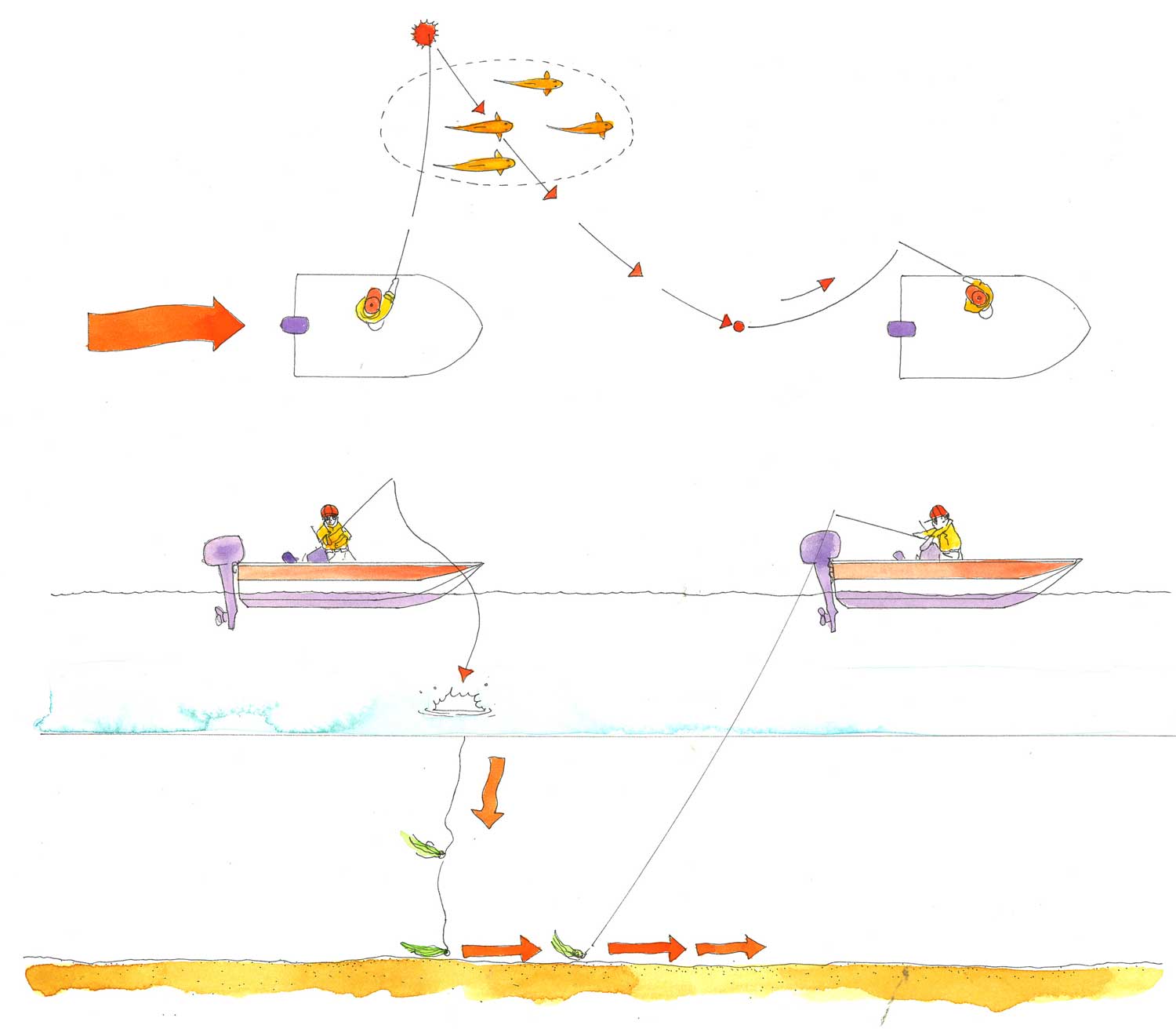
An alternative to this retrieve is one that is the same as the drifted bait approach. Cast the soft plastic as far as possible directly out from the midpoint of the boat. Engage the reel and hold the rod stationary as the lure sinks to bottom and then is dragged along the bottom until it is positioned directly behind the boat. This is a popular technique for anglers using soft plastic lures with grub and paddle tail appendages. These lures present as a fish sifting along the bottom with an elevated tail wiggling above the lure body. Some days it provides awesome results!
Summary
It is not uncommon to hear of anglers discovering the benefits of drifting by watching a nearby mobile angler catching some good fish. Many offshore anglers start their soft plastic endeavours by fishing from an anchored boat. As their confidence in the lure choice grows, many of them begin to experiment with the drifting approach. The effective and enjoyable nature of drifting means many anglers now choose to spend most of their fishing days free of the anchor.
Drifting with baits or lures is an exercise that needs some practice before you start to reap the rewards. If you are considering leaving the anchor in its hatch on upcoming sessions, aim to settle on a bait or lure approach with which you feel comfortable. Ultimately you will experience more success with a comfortable approach. Once you know this approach works, feel free to start experimenting as there are endless opportunities waiting for you once you free yourself of the shackles of the anchor!
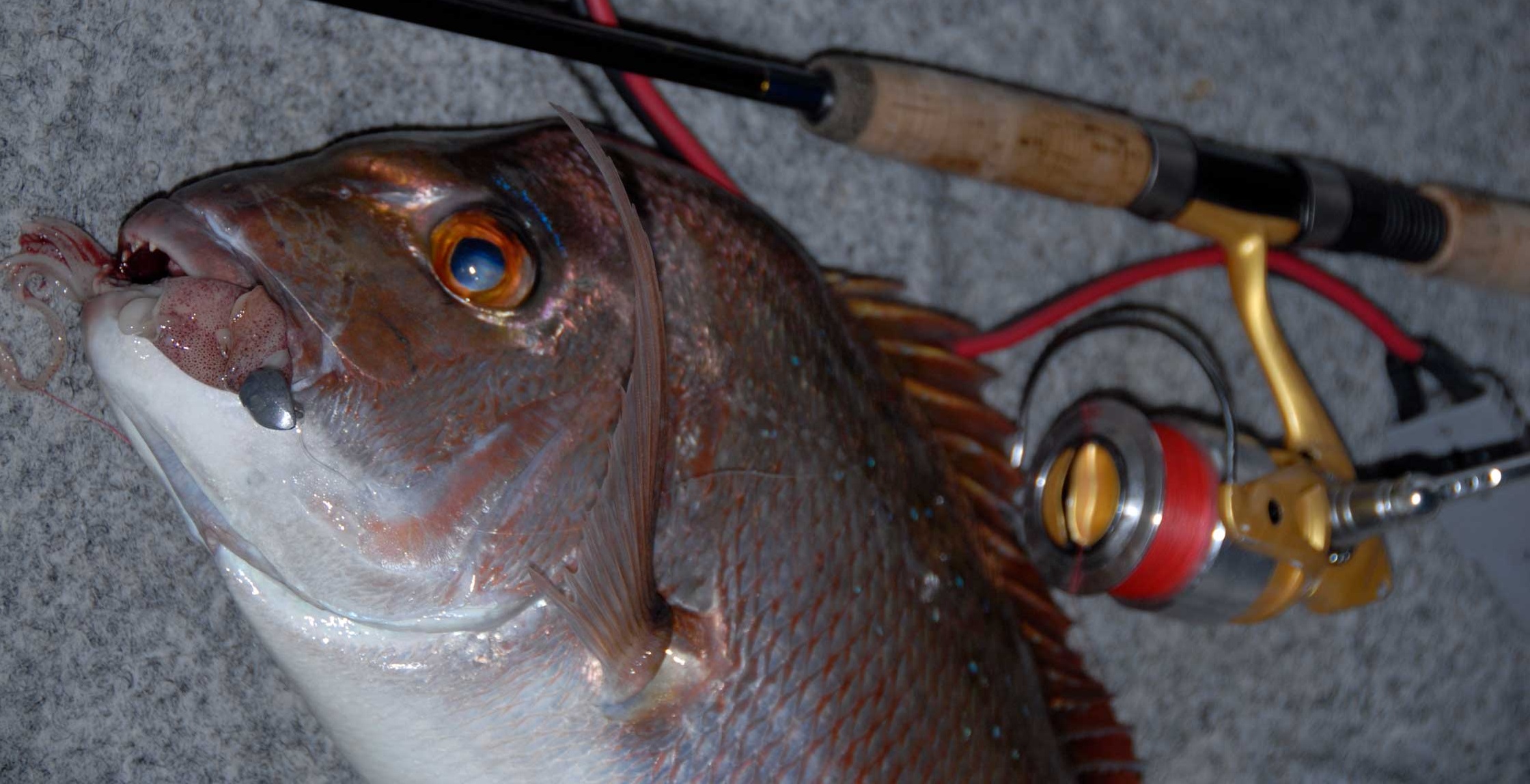
Flowing Baits Work Best
When using jigheads to present a bait to snapper, choose a bait that will produce a fluttering action when moved through the water. Baits such as squid or fish strips work well when used on a jighead. The tentacles of squid and the flexible nature of a strip bait flutter seductively when sifting along the bottom or when being hopped and dropped up and down off the bottom.
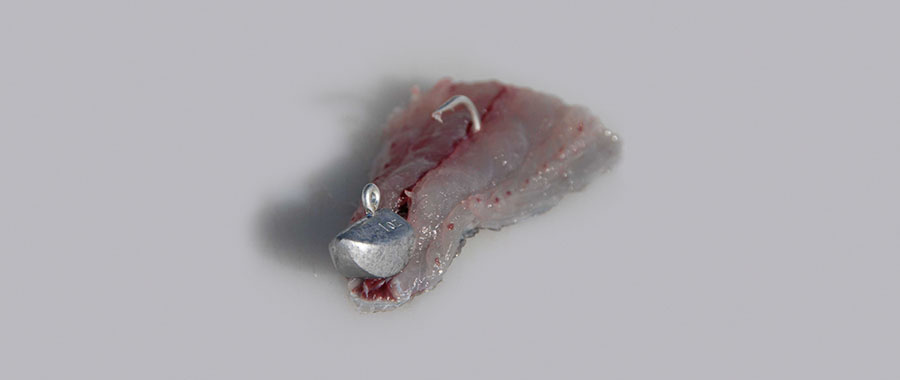
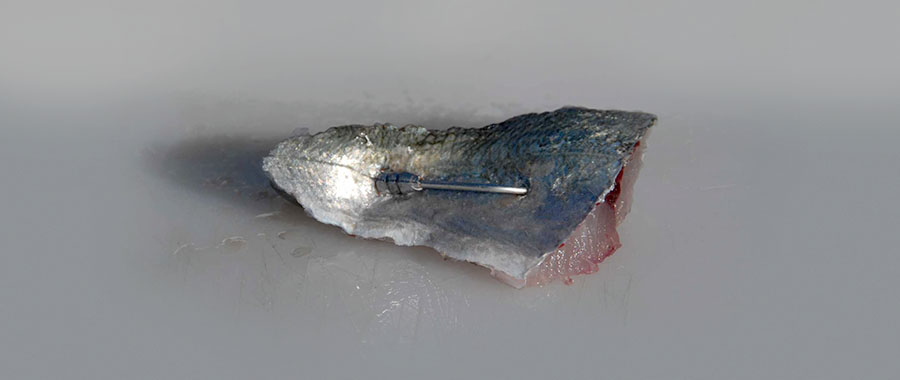
Drifting with baits is a passive affair. Consistent anglers often do little with a fishing rod having cast the bait to its designated position. Let us look at the process for drifting a bait.
- Having identified some prime fish holding water, position the boat so it drifts along the edge of this zone.
- Cast the lure as far as possible across the fish holding area in a straight out from the side of the boat so it is perpendicular to the mid point of the boat.
- Engage the reel and let the bait sink to the bottom.
- Hold the rod steady and, with reel engaged, let the bait be dragged by the weight of the boat - many anglers do this with a rod in the rod holder (we said it was passive!)
Drifting with bait in this fashion will drag the bait in a big arc until it is positioned directly behind the boat. Once the bait is behind the boat, anglers will often retrieve the bait and start the process again. If you have drifted beyond the extent of the fish holding area, re-position the boat above the fish once more and repeat the drifting exercise.
An alternative to this sedate style drifting is to give the bait some added movement. Some anglers choose to use small jigging hops when drifting. By employing small lifts of the rod, the bait can be made to hop a small distance off the bottom before settling back on the substrate. Vary the approach on any given day until a specific presentation meets with interest from fish.
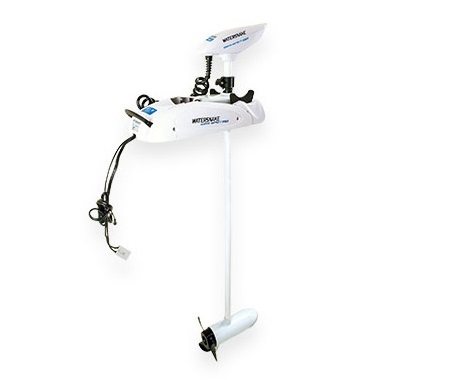
Tools For Drifting
There are several tools available these days to the drifting angler. Drogues or sea anchors can be used to slow the drift of a boat. A sea anchor works the same way as a parachute. The device opens up behind your boat and its resistance against the water acts to slow the drift.
Alternatively, there is a range of electric motors now on the market that quietly control boat position and movement by operating foot or remote controls. This means you can set up your own drift direction and speed to suit conditions.
Some GPS enabled electric motors offer anglers the ability to hold for a longer period in one location with the touch of a remote control button which will have you staying put in location until you choose to move. It's all becoming so easy these days!
Tackle
Light to moderately weighted spin equipment will satisfy most of the requirements for drifting for Port Phillip Bay snapper. 6ft to 7ft rods in 3-5 kg and 4-8 kg weights will handle the majority of snapper you will encounter with ease. Reels in the 2500 to 4000 size loaded with 8-14lb braid and matched with 3 m leaders of 8-20lb monofilament or fluorocarbon leader will complete the outfit. Targeting year round squire will require the lighter end of tackle requirements and these can be beefed up when the larger spring specimens show up.
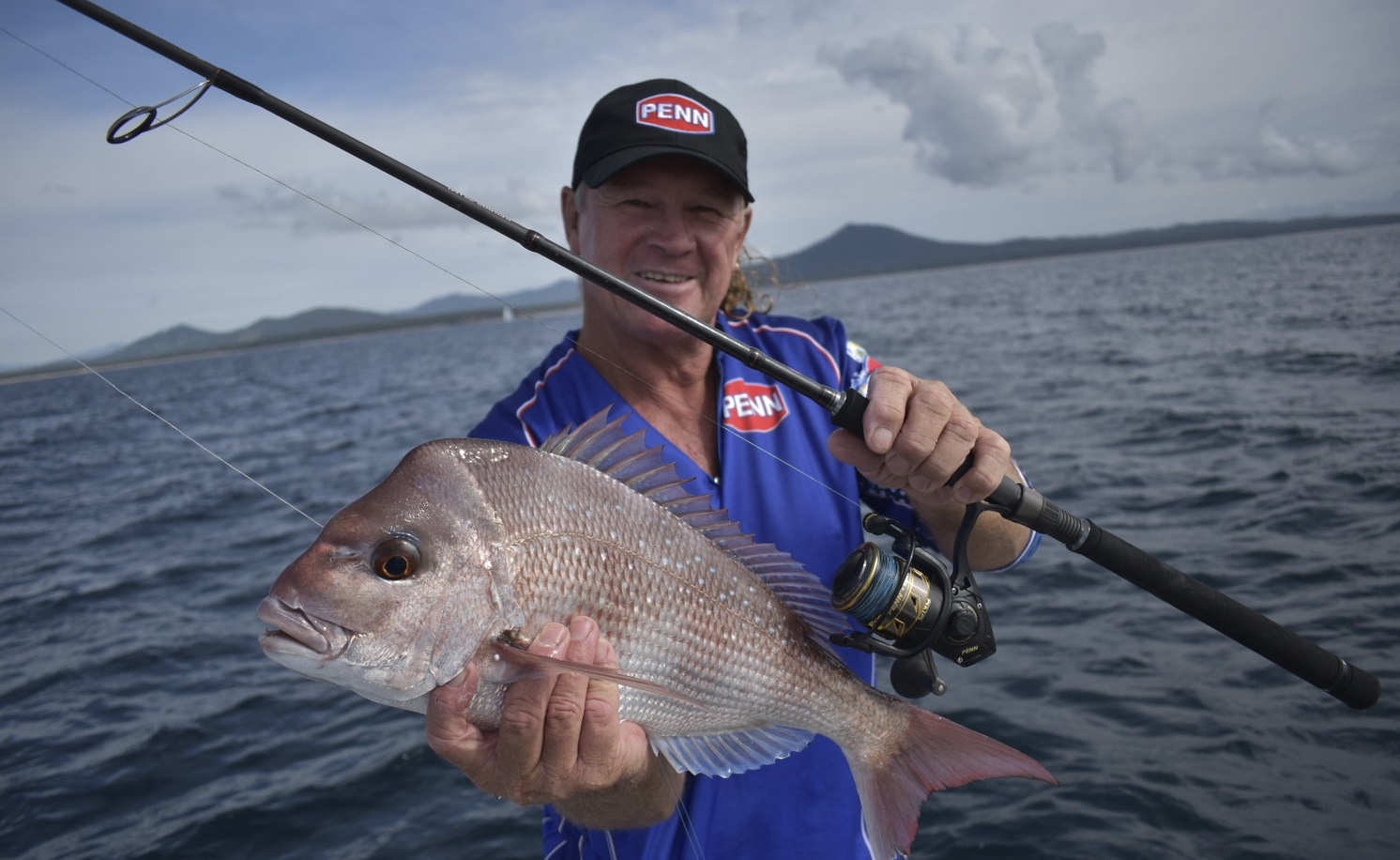
Final Note
Proudly brought to you by our friends at AFN.
